In a country widely renowned for its wildlife and biodiversity, there is one place in Ecuador that still manages to stand out beyond the rest. It is called Parque Nacional Yasuní (Yasuni National Park), and is a convergence point for the Andes, Equator and the Ecuadorian Amazon. It is a vibrant rainforest landscape home to numerous indigenous tribes - and regarded to be one of the most biodiverse places in the world.
Today, we talk to Henry Sisa, a Quito-based guide with years of experience in Yasuni, and the man who helped set up our hiking and canoeing adventure in the national park trip.
It’s a place where over 650 species of tree can be found within a single hectare of forest land; where more than 130 globally-threatened species of animals can be found, including giant armadillos, golden-mantled tamarins and white-bellied spider monkeys, and where you can find more insect species than in any other forest on earth, and more frog and toad species than in all of North America.
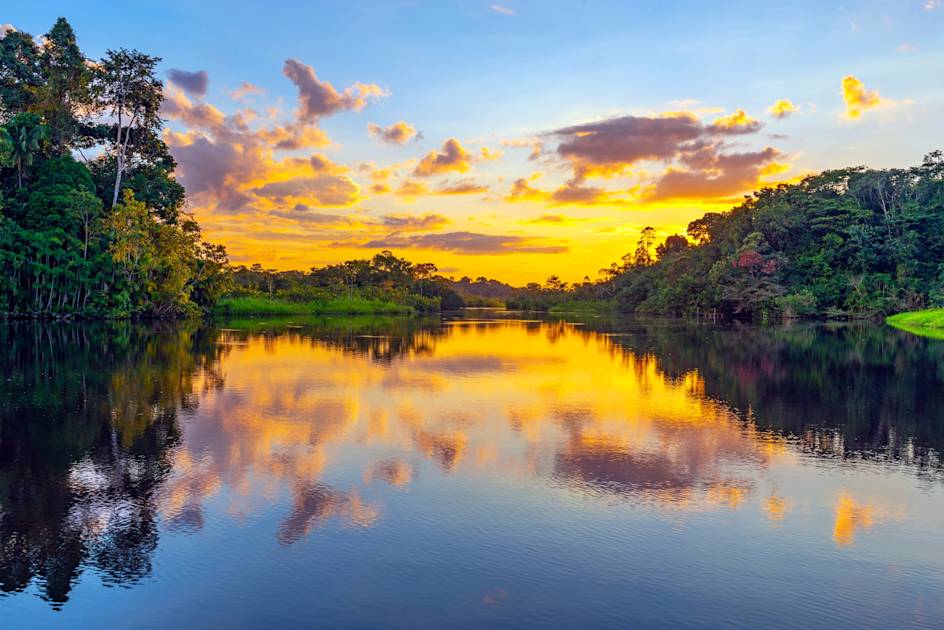
Yasuni is home to 1000s of species of plants. It boasts the second richest area of reptile biodiversity in the world. It has the fifth largest bat reserve. Overall, there are more than 1400 distinct species of animal in Yasuni National Park alone.
For wanderlust-struck lovers of wildlife and adventure travel, Yasuni is a real life fantasy land in a world where natural wildlife havens are increasingly uncommon.
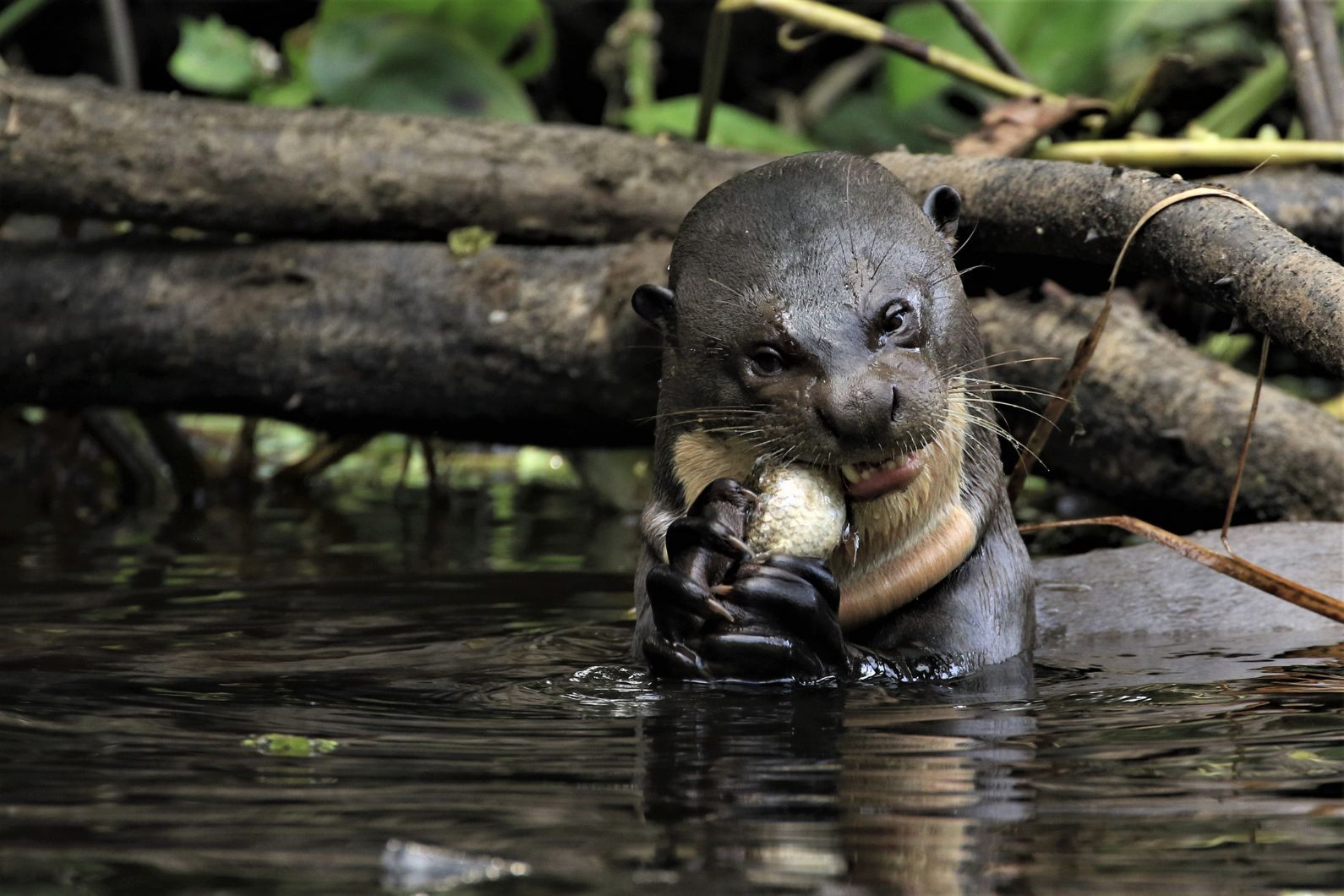
“The park itself is just something incredible,” says Henry. “It’s like having the Amazon at your fingertips.
"Our campsite… it’s in the middle of nowhere. It's the true Amazon. Whatever animals show up here might never be here again. It’s all unexpected. We know what will be right around our camp, but sometimes you can hear jaguars, or there might be dolphins jumping along in the river while you’re by the hammock next to your tent. Looking into the jungle, you just see green and green and green.”
The reason Yasuni is so rich in biodiversity, even by Amazonian standards, goes all the way back to the ice age. The high ground of Yasuni meant that the national park remained above the waterline even during flooded years, and as a result, it became a hotbed for animals and plant life of all shapes and sizes.
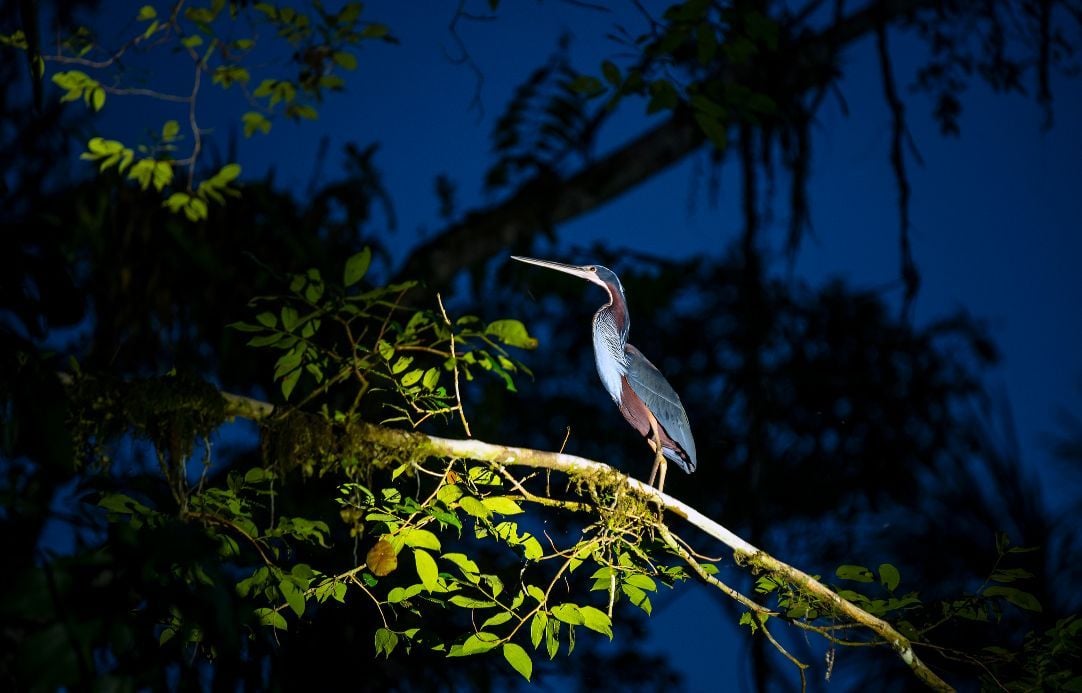
“Yasuni National Park is close to the highlands, to the mountains,” explains Henry. “That’s why there’s so much life here. Before this green carpet of vegetation we now call the Amazon, this place was all flooded. Imagine the Amazon as islands - like Galapagos.
“The Amazon was flooded, but then later, all of that water started to drain and the islands started to connect, and then again, glaciation came, and flooded it again, and created islands again. This happened two or three times.”
It drove animal life onto the 'islands', one of which was Yasuni National Park.
“If you isolate a species, you get evolution over time,” Henry says. “You get natural selection. That’s why we have almost 610 species of birds; just in Yasuni National Park. There are around nine types of toucan alone here, and each evolved on a different ‘island’.
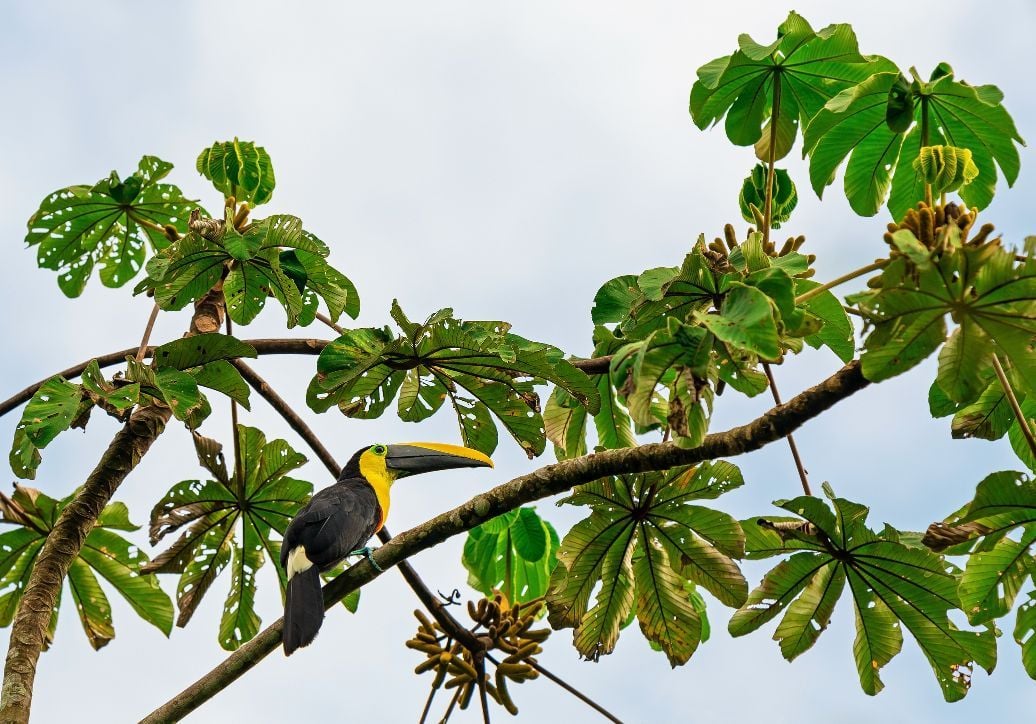
“Yasuni was one of the nine big patches of available forest during this flooded time. Another one is Tambopata in Peru, another one is Pantanal National Park in Brazil, and that's why there is such rich wildlife in those places too.
“On the river where we will be located, there are also two biological stations run by the best universities in Ecuador. There’s a lot still being discovered in Yasuni.”
The Yasuni Biosphere Reserve is a place where all walks of life come together. It is comprised of the Yasuni National Park, which sits between the Napo and Curaray Rivers, as well as the Waorani Ethnic Reserve and the "Untouchable Zone" - an area designed to protect indigenous people and wildlife from exploitation, and home to the Tagaeri and the Taromenane, two tribes who live in total isolation from the modern world.

The Waorani are also an indigenous people, and maintained a traditional, hunter-gatherer lifestyle until 50 years ago, when missionaries and oil producers began to take advantage of both their way of life - and the fact that nearly a billion barrels of crude oil were sitting beneath Yasuni and the indigenous land.
Valiant attempts were made to keep the oil in the ground beneath Yasuni. The Yasuni-ITT Initiative was launched by former president Rafael Correa in 2007. It envisioned a transition to a sustainable economy, and proposed that Ecuador leave the oil in the ground beneath Yasuni, but in return, asked for the international community to pledge to pay Ecuador 50% of the money (which worked out as $3.6 billion) that they could have got from fully exploiting the oil reserves in Yasuni at 2007 prices. For reference, Earth Economics estimated that the environmental benefits of Yasuni have a net value of $9.89 billion.
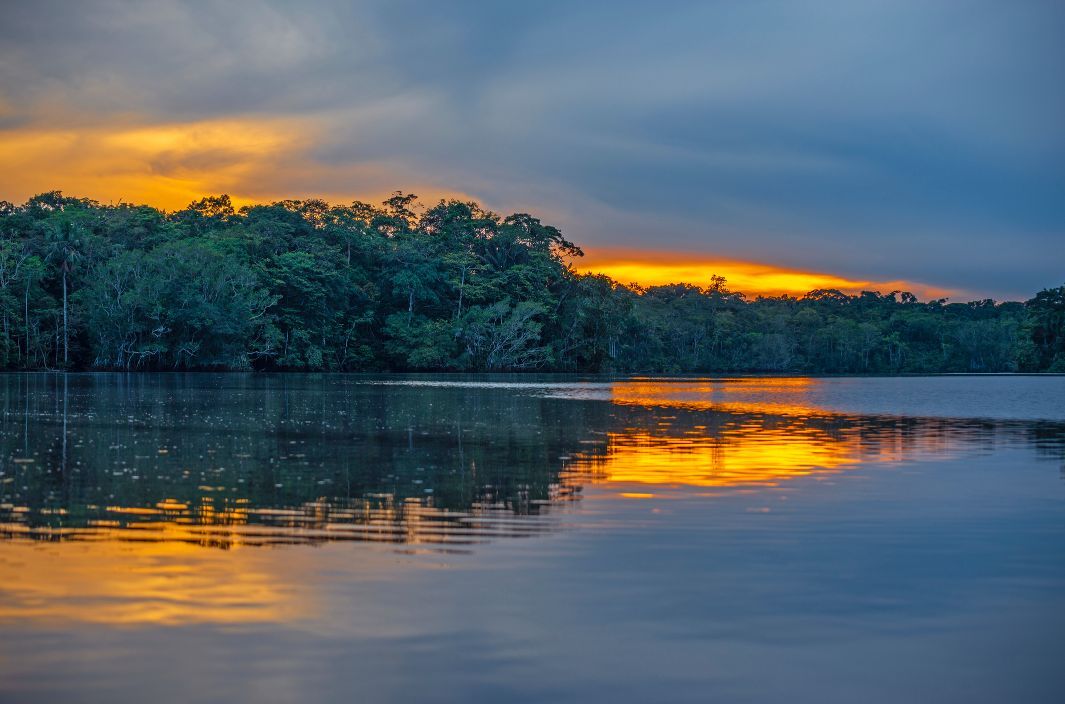
The project was praised by the global environmental community as a pioneering example of a developing country trying to work with the international community for a sustainable cause, but ultimately, the plans failed, and drilling started in 2016. The 10,000 hectares lost, or 100km2, may be a tiny percentage of the full rainforest of Yasuni, but countless habitats were destroyed regardless.
It has, in places, led to over-hunting and deforestation made easier by oil roads.
“A road can have two different meanings,” reflects Henry Sisa. “A road that provides access for local people is a good thing but when it brings people in and they destroy the Amazon, it's bad. Where we go [on our adventures] is still pristine, completely rainforest, but around 10,000 hectares were destroyed.”
The good news for now is that newly elected president Guillermo Lasso has come out in support of a law to protect Yasuni from drilling in the future, and locals, including those in conservation and tourism, are keen to hold him to his word.
Henry goes on to talk about future hopes for reforestation projects, which can be helped by tourism to the area. Sisa’s company Adventure Journeys are already active and working on a conservation project on the Galapagos Islands. “The most important part of a conservation project for me is that they are self-sustainable - because that’s what makes the project work.”
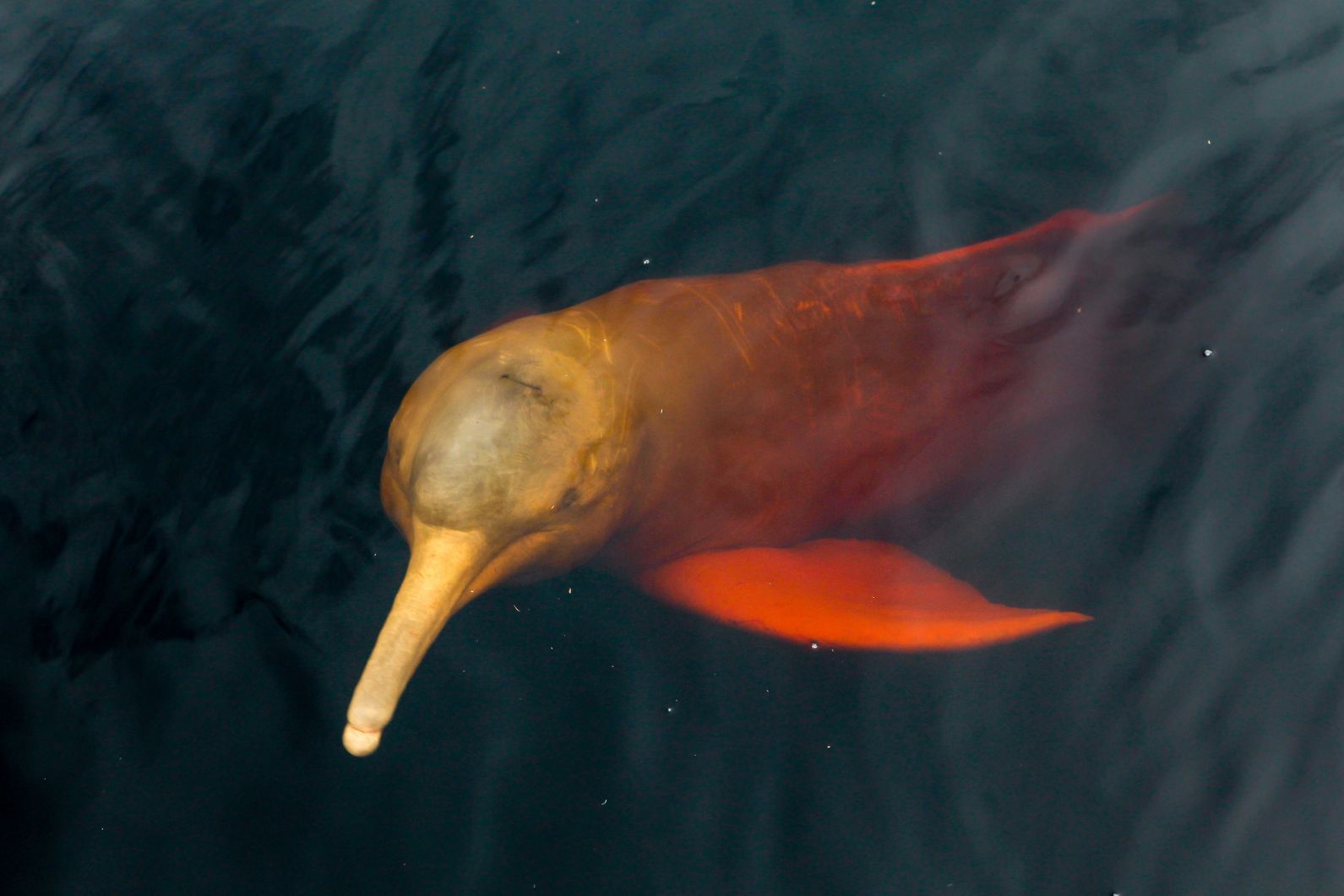
For Sisa, an adventure deep into the Yasuni - beyond the lodges and tourist trail - is the best way to truly experience the mighty Ecuadorian Amazon.
“You’ll be hiking in dense forest,” he says. “We’ll be canoeing, and not on rivers with speed boats, or tourists heading to lodges. You’ll have encounters with real, local people. The wake up calls are going to be early, but around 6am-8am is the best time to be outside, because it’s when the animals are hungry and moving, so there’s all of this opportunity to see them. And when you’re in a canoe, they often come to the shore, so it’s a great time to spot animals in the water - you might see three or four or five groups of monkeys just in an hour on a canoe.”
The vast majority of Yasuni National Park remains a rare, pristine wild spot on our planet - one where natural processes still run free, and animals shape their own habitats with little to no intervention.
It’s one of very few places where biodiversity is able to reach its maximum levels, and where you’re so far off the beaten path that the guides have forged their own. If you hear a rustle in the leaves or a splash in the water in Yasuni, it could be any number of things, from a pink river dolphin or Amazonian manatee to a giant anteater, Amazonian tapir or any one of 12 monkey species.
So if you need to blink, do it quickly. You might just miss something special.
Where is Yasuni National Park?
Yasuni National Park stretches 9,823 km2 in northeastern Ecuador, and is part of the larger, 16,820 km2 Yasuni Biosphere Reserve bordering Peru and Colombia.
How Do I Visit Yasuni National Park?
Getting into Yasuni National Park isn't easy, which is why we recommend joining a local guide to help get you there. The park is accessible via towns like Coca (Puerto Francisco de Orellana), which is the main gateway to the park. Coca can be reached via a 30-minute flight from the capital, Quito, or it's an eight hour bus ride.
From Coca, you'll need to hike or canoe into the park, which is where the services of a guide are needed.
Inspired? Visit Yasuni National Park on our Ultimate Andes to Amazon Adventure or our Ultimate Galapagos and Amazon Adventure.


